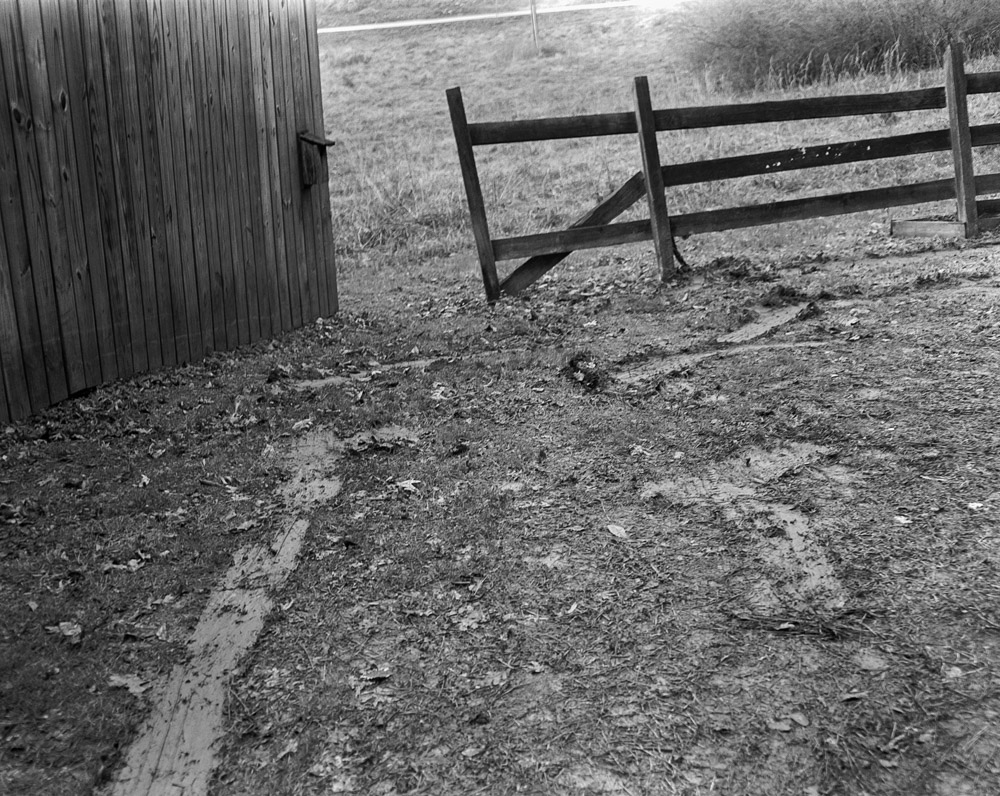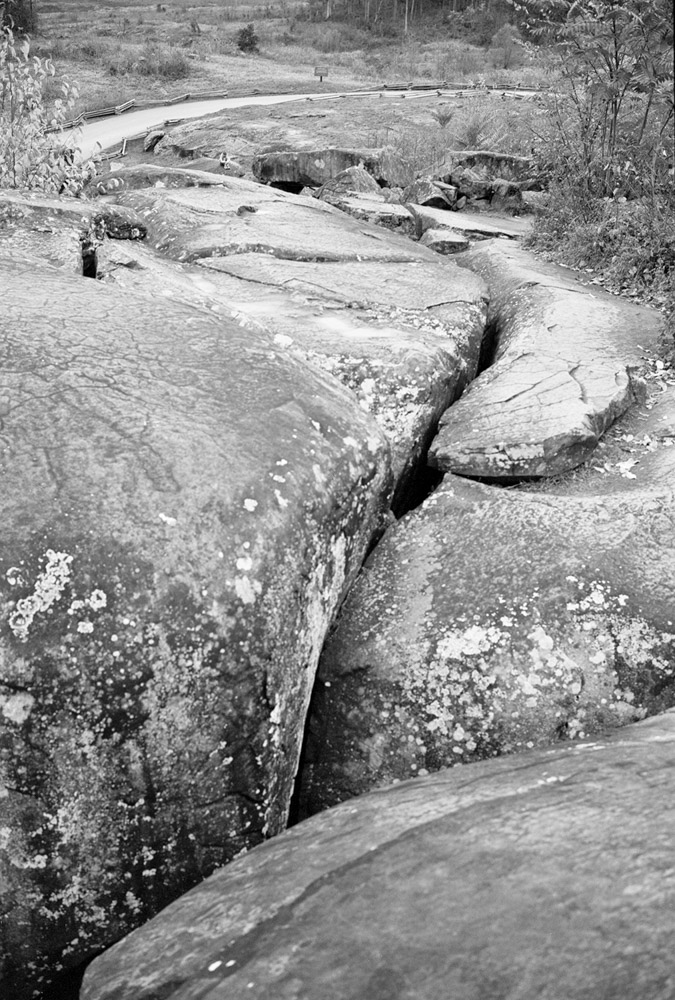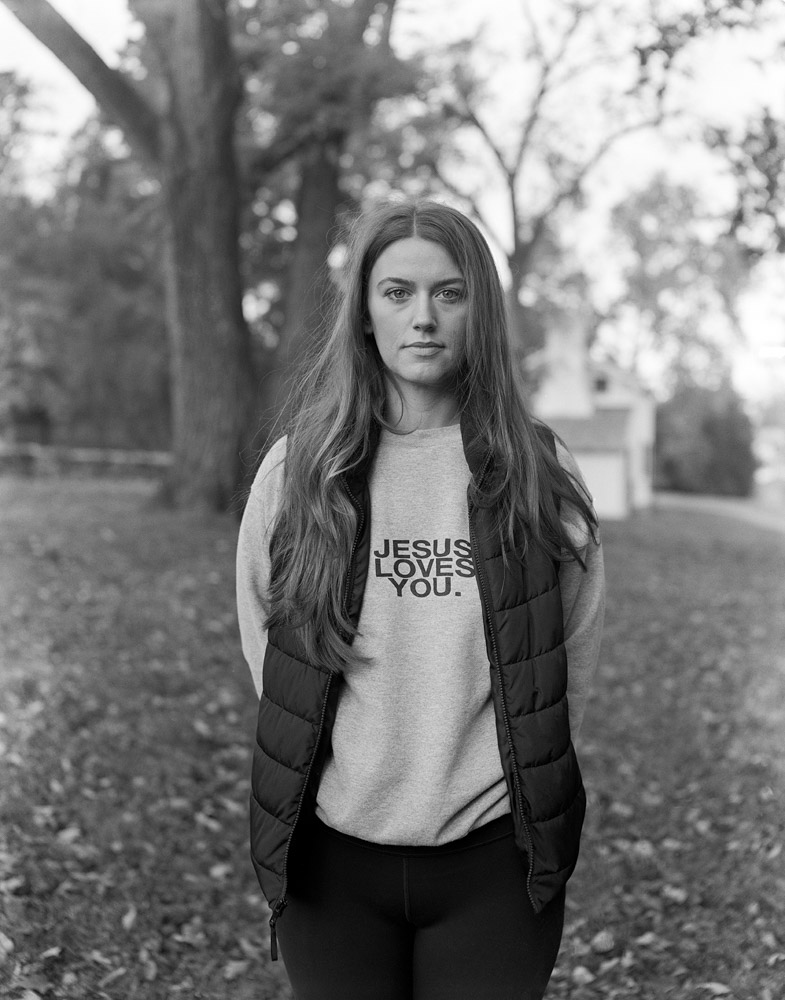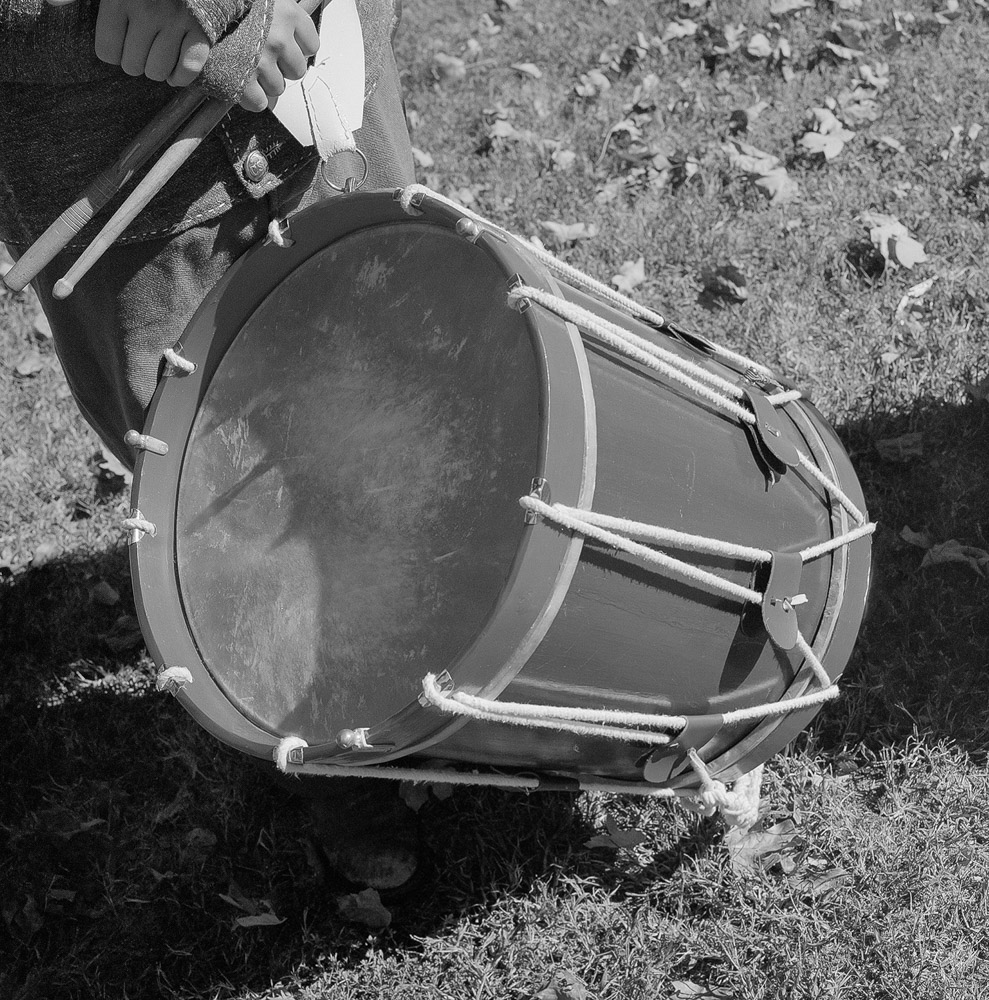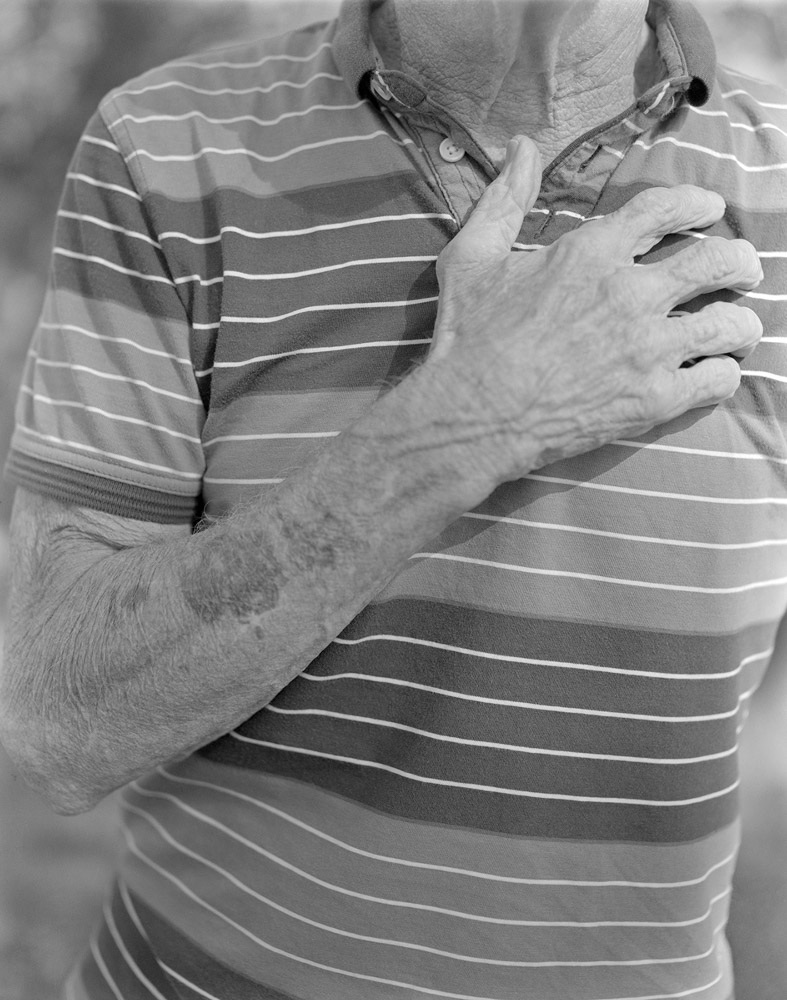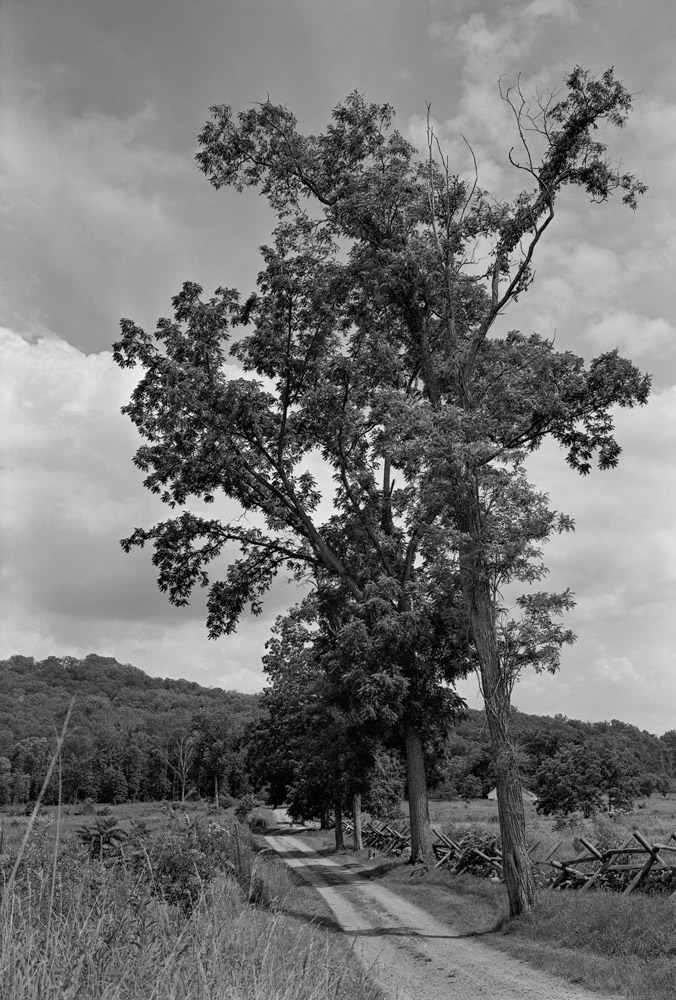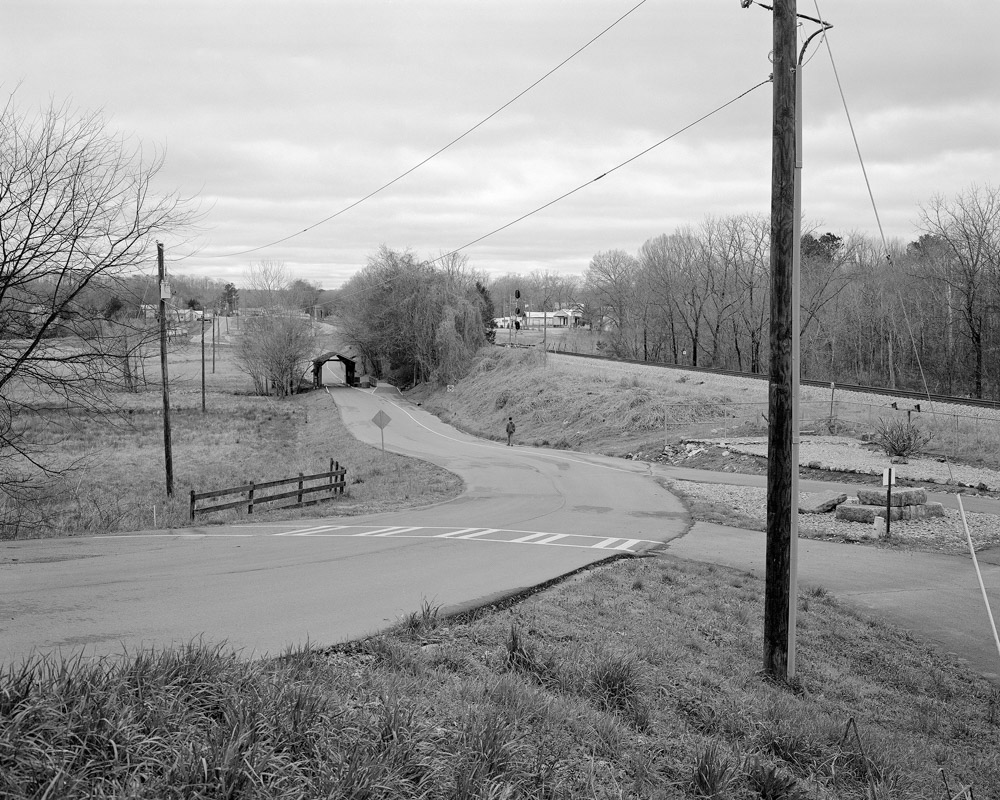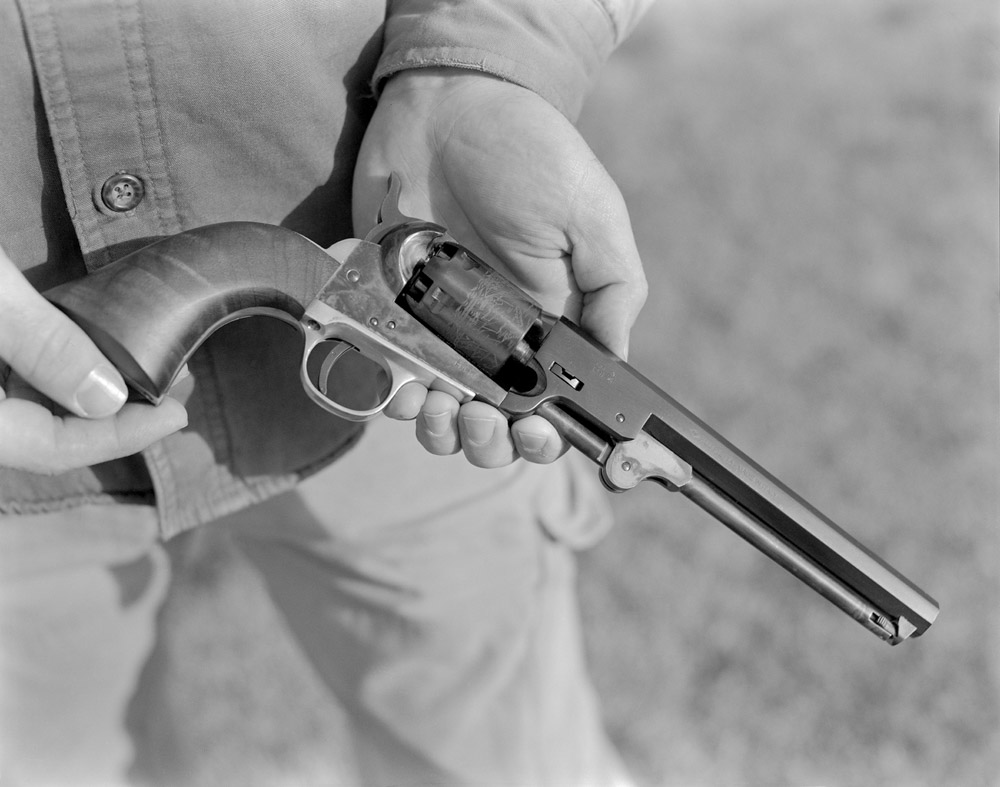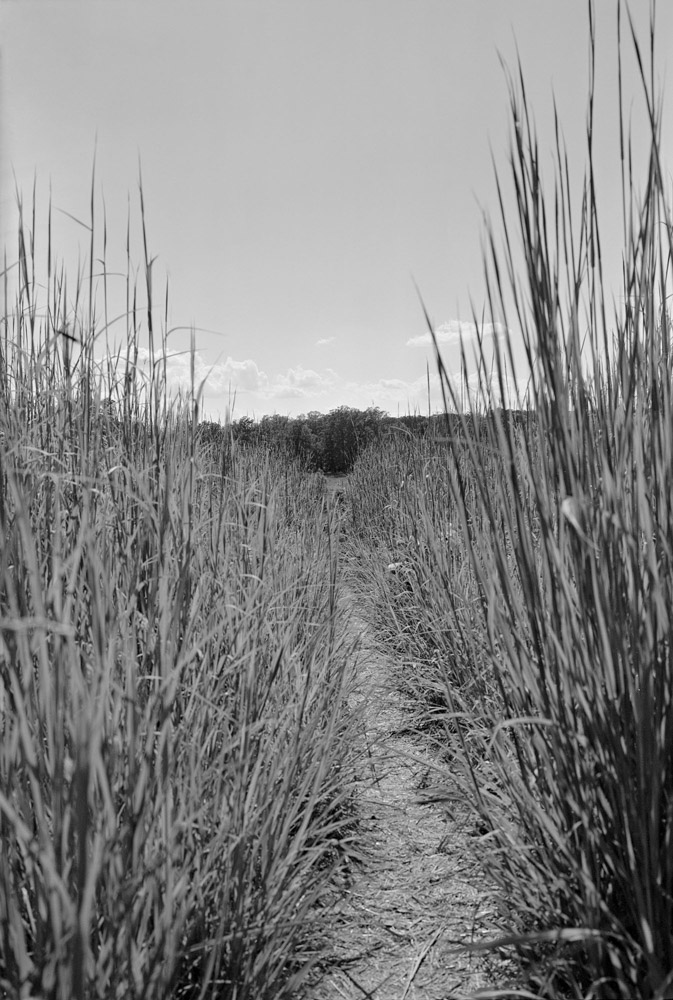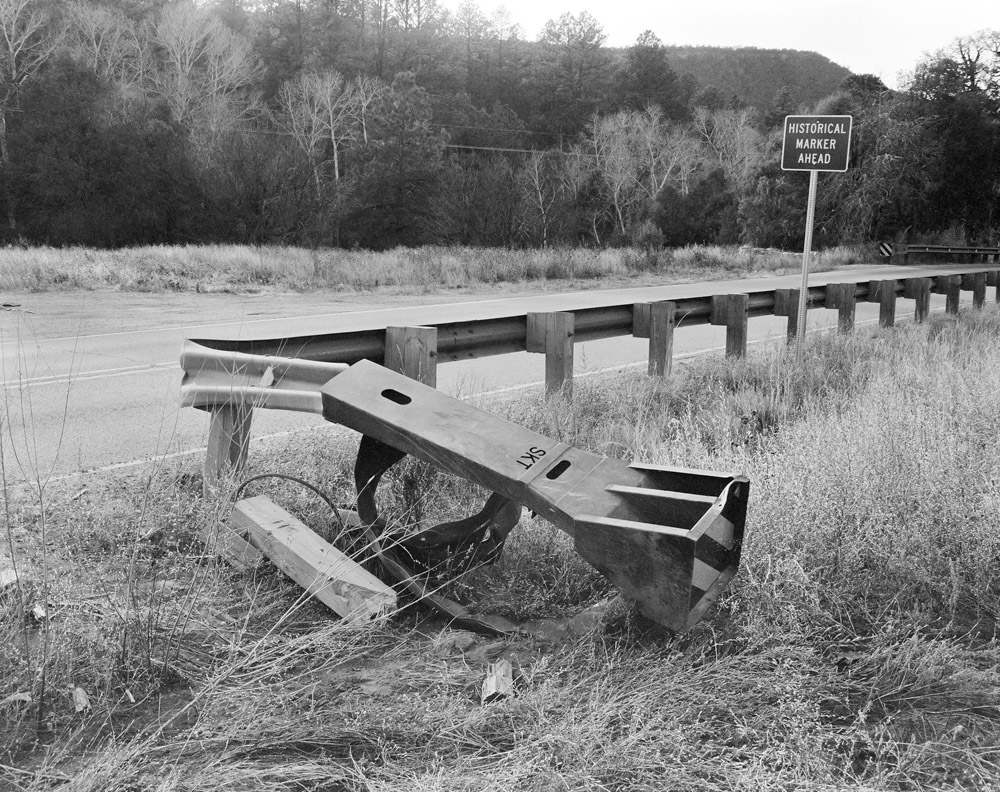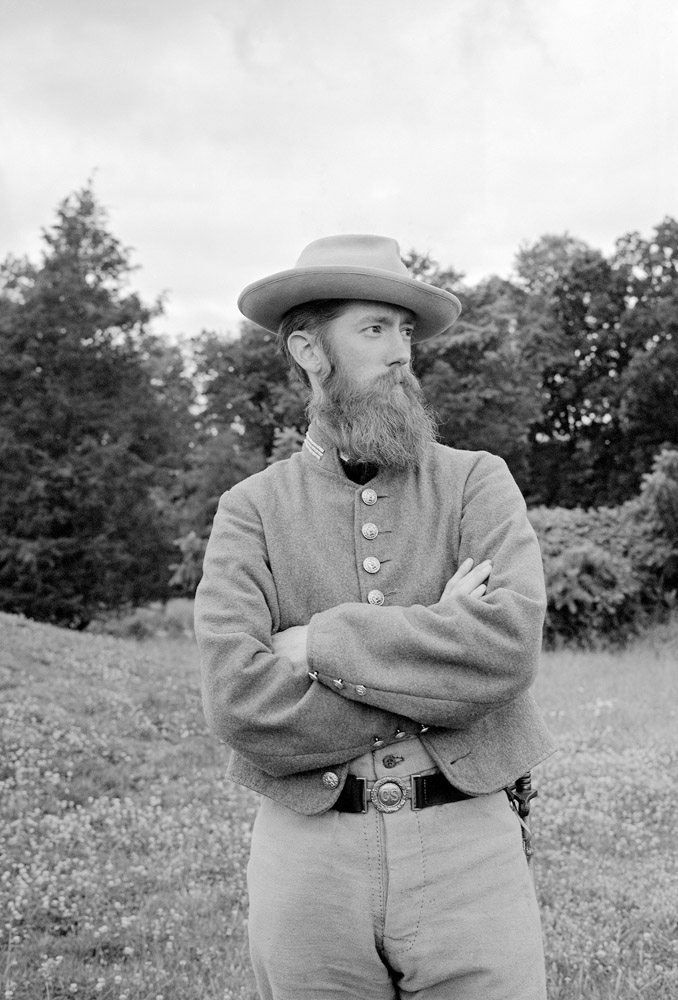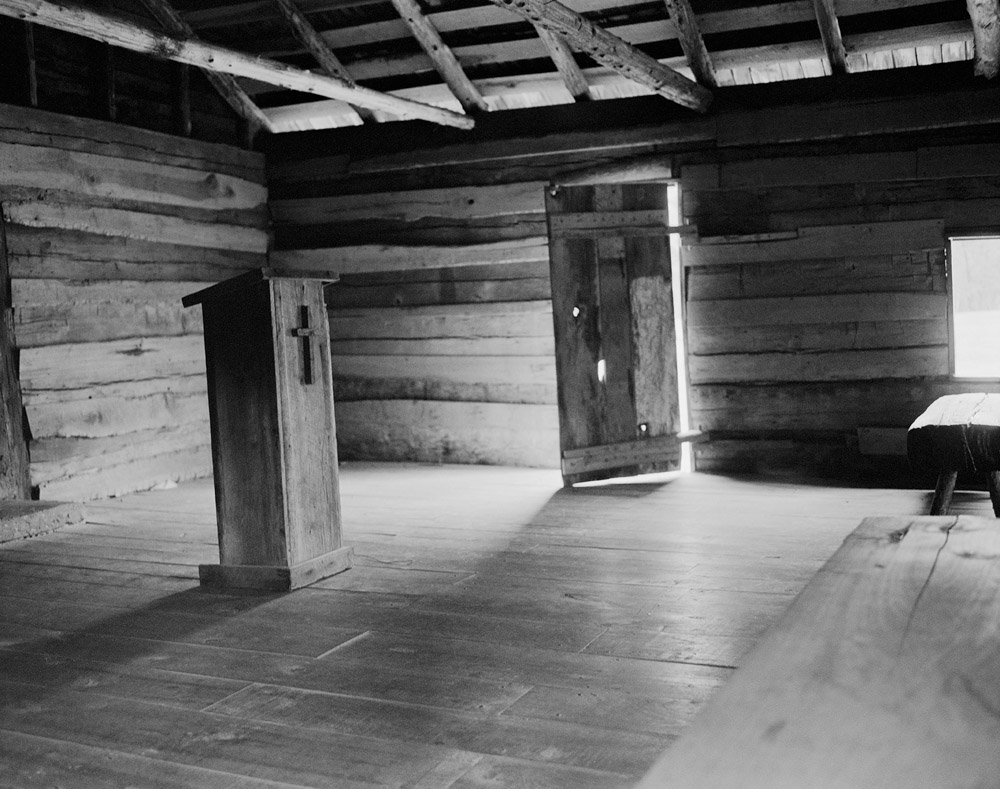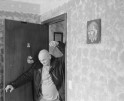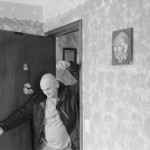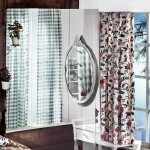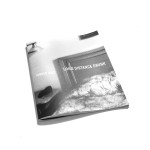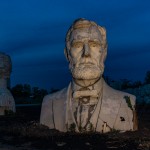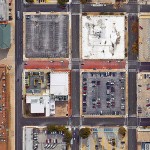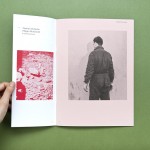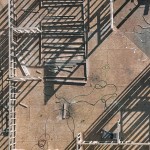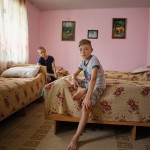Vann Thomas Powell: On Contentious Ground
This week, we will be exploring projects inspired by place. Today, we’ll be looking at Vann Thomas Powell’s series On Contentious Ground.
Vann Thomas Powell’s work first came across my radar on Instagram; I believe this was due to his experience as a writer at Float Magazine. I was immediately drawn to Vann’s work with its balance between documentary processes and fine art practice. His dedication to history and its ramifications throughout our contemporary world is clear in his images. The formal qualities of the images allow the viewer to enter from a somewhat objective perspective. This is significant when discussing contentious political ramifications, allowing for conversation. Vann’s series On Contentious Ground is an essential photographic reader reflecting on the ways we engage with history.
Vann Thomas Powell (MFA, Duke University) is a fine art documentary artist. His visual practice incorporates an array of photographic mediums in concert with historical and philosophical research to investigate how past, place, and memory construct identity with particular focus on American identities. He is increasingly interested in investigating subjects related to foundation narratives, myths, tall tales, folk lore, and seldom told histories.
Vann’s work has been exhibited across the United States at venues such as The International Center of Photography (New York, NY), SlowExposures Festival (Zebulon, GA), PAL Gallery (Provo, UT), Kenan Institute for Ethics (Durham, NC), and The Frederick Jameson Gallery (Durham, NC). His work has appeared in domestic and international publications including The Independent (UK), Glitterati Editions (New York, NY), and Subjectively Objective (Detroit, MI). He has self-published and published artist books in collaboration with Benschop Books (Denver, CO). His books and works can be found in private and public collections including the Rubenstein Rare Books and Manuscripts Library (Duke University) and the Museum of Fine Art Special Collections (Tufts University). Vann is a 2023 Photolucida Critical Mass finalist.
Follow Vann on Instagram at: @vann_t_powell
On Contentious Ground
On Contentious Ground is a series of medium and large format still photography that focuses on visitors to American Civil War sites and landscapes. By picturing visitors in these spaces and how they interact and reflect on the memories of the past, I aim to capture the reverberations of the Civil War rippling into our time, as if to measure the long shadow the Civil War has cast onto today. Not unlike many children who grew up along the eastern coast of the United States, my father often took us to different American historical sites during family vacations. Civil War sites held a certain amount of intense gravity and whose histories and stories commanded my attention as a child, the number of dead and suffering on and off the battlefield – unresolvable. Now, older, I am interested in who and why others visit these sites, while at the same time interrogating my own fascination. What can images of these visitors and the landscapes tell us about our relationship to a past that was and continues to be formative for our stories as Americans? Working with themes of identity politics, division, and layering of history, On Contentious Ground looks at visitors to Civil War sites today to investigate America’s past and continued connection to these sites of reckoning.
Epiphany Knedler: How did your project come about?
Vann Thomas Powell: Growing up on the east coast of the United States, my family would often pile in the car for trips up north to visit family and friends. We would stop at various American historical sites along the way. Over the years I developed a keen fascination with Civil War sites and the idea of America going to war with itself. There is a certain intense gravity to these sites that I cannot help but feel while visiting them, and I think that is why I constantly find myself drawn to and returning to make work on Civil War battlefields. The carnage and destruction on and off the battlefield… is unresolvable. So, the impetus for the work has been percolating under the surface for some time. I first started making the images that would become “On Contentious Ground” in 2018/2019. In 2021 I matriculated into the MFA program at Duke University with the explicit idea of making this work my focus while in the program. I see the Civil War as a defining moment not just for the larger more meta concept of our nation but also as a defining moment for individual Americans since the war broke out and this shaping effect is still at work today, influencing and modeling our identities in relation to the war.
EK: Is there a specific image that is your favorite or particularly meaningful to this series?
VTP: There are a few themes and factors I am working with that provide the series with its arch and visual language. In the writing I did to accompany “On Contentious Ground” I talk about Jacques Lacan, the French Psychoanalyst’s conception of the mirror stage in human development and how during this stage there is a fracture or fissure that develops between the perceived self and the actual or “real” self. I used this notion of fissure as a tool or conceit to describe the inception of disparate American identities that were formed as a result of the national break that was the Civil War. That being said, the image “Fissure” made at Gettysburg of an area called Devil’s Den is particularly meaningful for me in that it sets the tone and concept that drives the series and one of the primary themes that I explore in “On Contentious Ground” – the divisions inside of America, then and now.
EK: Can you tell us about your artistic practice?
VTP: My practice, in terms of subject and focus, is heavily informed by my interests and studies adjacent to history and philosophy. Particularly with philosophy, in terms of thinking about how identities are formed. I am not trying to answer questions per se, more than I want to sit in the space of uncertainty with regards to these notions and think about cues or clues for how that might be represented visually. I often find myself second guessing my own assumptions about the people I meet in the field, which further complicates my own conceptions of who I am in relation to the other. In terms of my physical and material practice I am an analogist, through and through. I am focused on making images with film because it is the medium closest to having a corporeal manifestation of light – of touching light! You can pick up and touch the trace silver tarnish split by light on celluloid. That is wild! For me, the process is close to seeing the spiritual. As for the human and collaborative elements of my images, in terms of the portraiture present in the work, I like to speak with folks while I am in the field. I tell them a little bit about why I am there and why I am making photos and I like to learn about why they are there and where they come from. I like to think we are sharing a moment before I make their picture. It was impressed upon me to make sure and provide a copy of a portrait to my participants and I try to honor this. One of my mentors, Tom Rankin, told me that its considered reciprocity failure if you never get around to sharing the portraits with your collaborators.
EK: Who or what was inspiration for this project?
VTP: I touched on this a bit with the first question, but it goes deeper. I cannot help but see the connection between the Civil War period and our current period. The United States, I feel, is as divided as it has ever been, especially since the 1860s. That is of great interest to me, and I cannot avoid paying attention to that division. I have the impulse to go out to where these events happened and document the long shadow the Civil War has cast onto today. I am interested in who is there, why they are there, and what they think and remember about the Civil War – it is interesting to consider how the memories of the Civil War impact individual positionality in regard to each other, and our relationship with the U.S. at large. In terms of place and land, I find it odd how we curate battle sites to “look like” how they were during the war. Whether or not that aesthetic iteration of the land is a farce or not, it is gripping, how in thinking about the past we construct the present and this, I feel, is directly and visually represented in these landscapes.
EK: What’s next for you?
VTP: That is a great question! Well, the first thing is that I am continuing to make images for this series. I am not able to stop. I am drawn there. Though I am comfortable enough with where the series is now that I am starting to look for galleries and exhibition spaces for the project. I think that university and college campus galleries would be a great venue for the work in terms of its content and themes, as well as its academic and historical contexts. The dream would be to show “On Contentious Ground” either at the American Civil War Museum in Richmond, VA and/or at the Gettysburg National Battlefield Museum. Aside from exhibiting the work I think that “On Contentious Ground” could have a life in book form, as well. Only time will tell.
Aside from “On Contentious Ground” I am currently working on two projects based here in North Carolina. One is a mixed media book project that incorporates archival lithographs, text, and photographs alongside my own images. This project follows the story of the North Carolina folk hero, Henry Berry Lowery. The other is a story about Alamance County, North Carolina. Alamance is a kind of crossroads where North Carolina of the past is colliding with the pulsing and growing future burgeoning in the state.
Thank you so much, Epiphany, for the time, consideration, and opportunity to discuss my work with you. It has been an honor and a pleasure!
EK: Thank you for letting us at Lenscratch share your work!
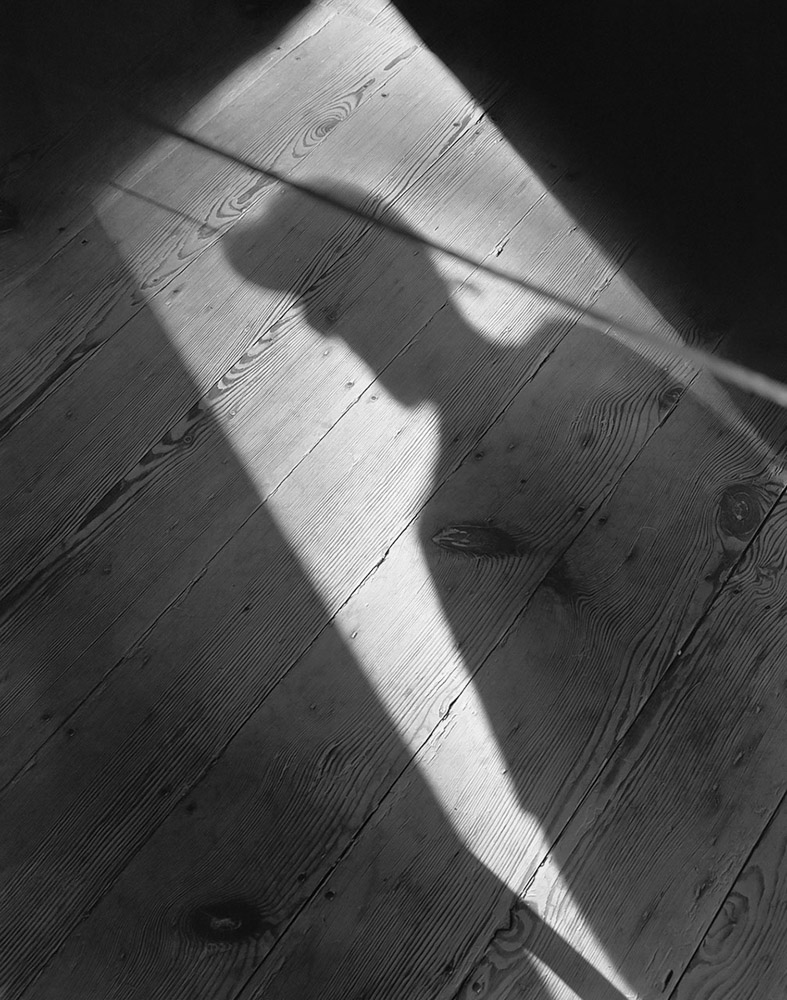
©Vann Powell, Reid’s Silhouette in the Door Frame. Bennett Place, Durham, NC. 4×5 BnW Negative. 2022.
Epiphany Knedler is an imagemaker sharing stories of American life. Using Midwestern aesthetics, she creates images and installations exploring histories. She is based in Aberdeen, South Dakota serving as a Lecturer of Art and freelance writer. Her work has been exhibited with Lenscratch, Dek Unu Arts, F-Stop Magazine, and Photolucida Critical Mass. She is the co-founder of MidwestNice Art.
Follow Epiphany Knedler on Instagram: @epiphanysk
Posts on Lenscratch may not be reproduced without the permission of the Lenscratch staff and the photographer.
Recommended
-
Jake Corcoran in Conversation With Douglas BreaultAugust 10th, 2025
-
Matthew Cronin: DwellingApril 9th, 2025
-
Jordan Gale: Long Distance DrunkFebruary 13th, 2025
-
Michael O. Snyder: Placing Bets on MosquitosFebruary 12th, 2025
-
Tom Crawford: OverlookedFebruary 11th, 2025

